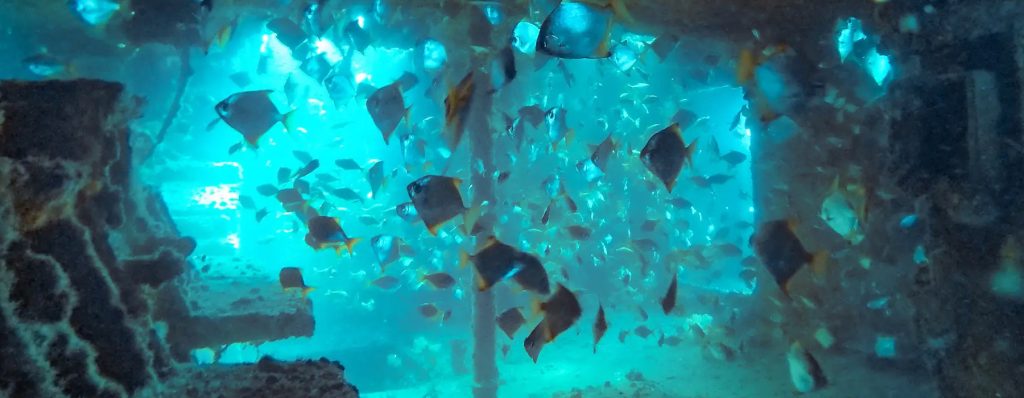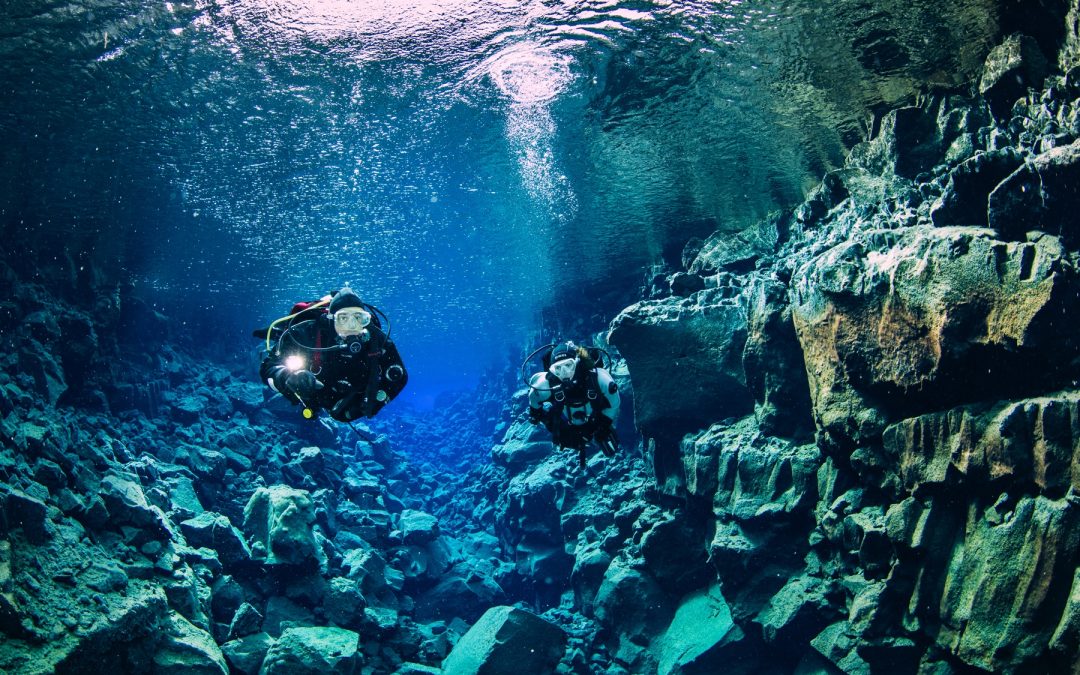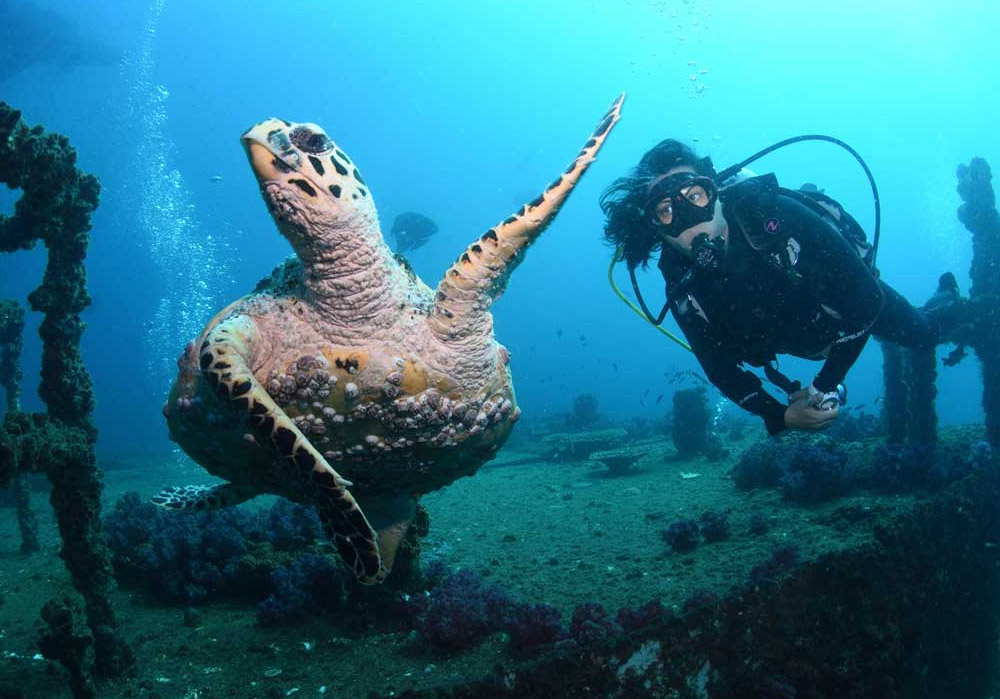In the ever-evolving landscape of marketing and tourism, businesses are constantly seeking innovative ways to captivate their audience and showcase their offerings. One such innovative approach that is rapidly gaining traction is the use of underwater virtual tours. These immersive experiences allow users to explore the depths of the ocean without ever getting wet, opening up a world of possibilities for businesses to market their services in a unique and engaging way.
What are Underwater Virtual Tours?
Underwater virtual tours are cutting-edge digital experiences that transport users to stunning underwater environments through the power of virtual reality (VR) technology. By combining 360-degree images or video footage with interactive elements, these tours create a fully immersive and lifelike simulation of being underwater. Users can virtually swim alongside vibrant marine life, explore coral reefs, and discover shipwrecks and other underwater marvels, all from the comfort of their own surroundings.
Benefits of Underwater Virtual Tours for Businesses:
- Unparalleled Immersion: By offering an immersive and captivating experience, businesses can engage their audience like never before, leaving a lasting impression and fostering a deeper connection with their brand.
- Accessibility and Inclusivity: Underwater virtual tours make the wonders of the ocean accessible to everyone, regardless of physical limitations or geographical constraints. This opens up new markets and attracts a wider range of potential customers.
- Educational and Awareness: Businesses can leverage these tours to educate their audience about marine life, conservation efforts, and the importance of preserving our oceans, positioning themselves as responsible and environmentally conscious.
- Competitive Advantage: By embracing this innovative technology, businesses can differentiate themselves from competitors and establish a reputation as forward-thinking and cutting-edge.
- Cost-Effective Promotion: Creating underwater virtual tours can be a cost-effective way for businesses to showcase their offerings, as it eliminates the need for extensive travel or on-site filming at remote locations.
- Remote Exploration: Virtual tours allow businesses to highlight underwater attractions or dive sites that may be difficult or expensive for potential customers to visit in person, expanding their reach and appeal.
- Year-Round Marketing: Unlike physical tours or experiences that may be seasonal or weather-dependent, underwater virtual tours can be marketed and enjoyed year-round, providing a consistent promotional tool.
- Customisable Experiences: Businesses can customise their virtual tours to highlight specific points of interest, incorporate educational content, or tailor the experience to different target audiences.
- Data Collection and Analytics: Virtual tours can provide valuable data and insights into user engagement, interests, and behavior, which businesses can leverage to refine their marketing strategies and improve their offerings.
- Reduced Environmental Impact: By offering virtual experiences, businesses can help reduce the potential negative impacts of overcrowding or overuse of fragile underwater ecosystems, promoting sustainable tourism practices.
- Employee Training: Underwater virtual tours can be used as a training tool for businesses, allowing employees to familiarise themselves with underwater environments and marine life before actual excursions or dive trips.
- Safety and Risk Mitigation: Virtual tours can provide a safe and controlled environment for individuals to experience underwater locations without the risks associated with actual diving or snorkeling activities.
- Virtual Events and Conferences: Businesses can leverage underwater virtual tours to create engaging and immersive experiences for virtual events, conferences, or webinars related to marine tourism, conservation, or education.
- Timeless Preservation: By capturing underwater environments in a virtual format, businesses can preserve and showcase these locations even if they undergo changes or degradation over time due to natural or human-induced factors.

Marketing Strategies for Underwater Virtual Tours:
- Website Integration: Seamlessly integrate underwater virtual tours into business websites, allowing visitors to explore the underwater world and pique their interest in the offered services or experiences.
- Social Media Promotion: Leverage social media platforms to share captivating snippets and teasers from the virtual tours, generating buzz and driving engagement.
- Influencer Collaborations: Partner with influential travel bloggers, marine conservationists, or diving enthusiasts to create sponsored content featuring the underwater virtual tours, tapping into their engaged audiences.
- Virtual Reality Events: Host immersive virtual reality events or pop-up experiences where attendees can experience the underwater virtual tours firsthand, fostering excitement and interest.
- Educational Outreach: Collaborate with schools, universities, or science museums to offer educational programs featuring the underwater virtual tours, fostering interest in marine life and conservation among students and the general public.
As the world becomes increasingly digital, businesses that embrace innovative technologies like underwater virtual tours will be well-positioned to stay ahead of the curve and captivate their audience in truly unique and unforgettable ways.


